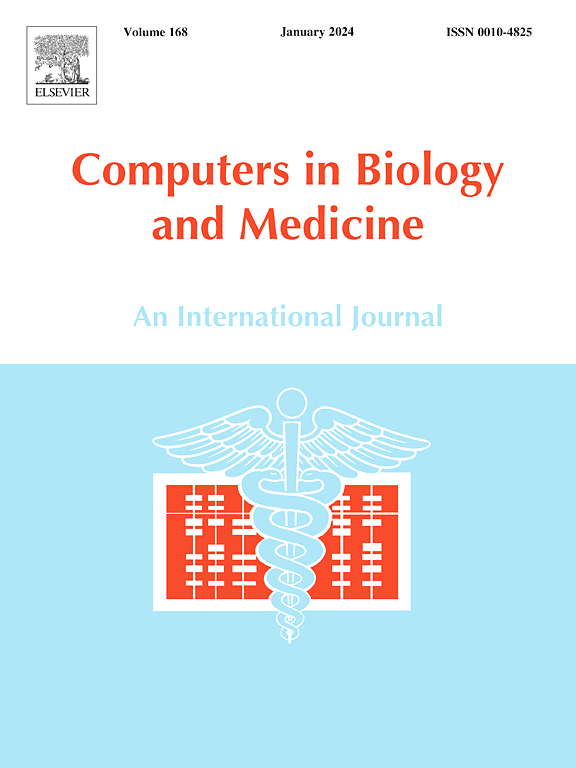Novel dilation-erosion labeling technique allows for rapid, accurate and adjustable alignment measurements in primary TKA
IF 7
2区 医学
Q1 BIOLOGY
引用次数: 0
Abstract
Background
Optimal implant position and alignment remains a controversial, yet critical topic in primary total knee arthroplasty (TKA). Future study of ideal implant position will require the ability to efficiently measure component positions at scale. Previous algorithms have limited accuracy, do not allow for human oversight and correction in deployment, and require extensive training time and dataset. Therefore, the purpose of this study was to develop and validate a machine learning model that can accurately automate, with surgeon directed adjustment, implant position annotation.
Methods
A retrospective series of 295 primary TKAs was identified. The femoral-tibial angle (FTA), distal femoral angle (dFA), and proximal tibial angle (pTA) were manually annotated from the immediate short leg post-op radiograph. We then trained a neural network to predict each annotated landmark using a novel label augmentation procedure of dilation, reweighting, and scheduled erosion steps. The model was compared against diverse models and accuracy was assessed using a validation set of 43 patients and test set of 79 patients.
Results
Our proposed model significantly improves accuracy compared to baseline training models across all measures in ten out of eleven cases (p < 1e-22 for each measure). The mean absolute error (difference from manual annotation) was 0.65° for FTA, 1.62° for dFA, and 1.44° for pTA.
Conclusion
Utilizing a novel algorithm, trained on a limited dataset, the accuracy of component position was approximately 1.2°. Additionally, the model outputs adjustable points from which the angles are calculated, allowing for clinician oversight and interpretable diagnostics for failure cases.
新的膨胀-侵蚀标记技术允许快速,准确和可调的对准测量在初级TKA。
背景:在原发性全膝关节置换术(TKA)中,最佳植入物位置和对齐仍然是一个有争议的关键话题。未来理想种植体位置的研究将需要能够有效地按比例测量组件位置。以前的算法精度有限,在部署时不允许人为监督和纠正,并且需要大量的训练时间和数据集。因此,本研究的目的是开发和验证一种机器学习模型,该模型可以在外科医生指导下准确自动调整种植体位置注释。方法:对295例原发性tka患者进行回顾性分析。股骨胫骨角(FTA)、股骨远端角(dFA)和胫骨近端角(pTA)由即时短腿术后x线片手工标注。然后,我们训练了一个神经网络来预测每个标注的地标,使用一种新的标签增强程序,包括扩张、重加权和预定的侵蚀步骤。将该模型与多种模型进行比较,并使用43例患者的验证集和79例患者的测试集评估该模型的准确性。结果:与基线训练模型相比,我们提出的模型在11个案例中的10个中显著提高了所有测量的准确性(p结论:利用在有限数据集上训练的新算法,组件位置的准确性约为1.2°。此外,模型输出可调整的角度计算点,允许临床医生的监督和可解释的诊断故障的情况下。
本文章由计算机程序翻译,如有差异,请以英文原文为准。
求助全文
约1分钟内获得全文
求助全文
来源期刊

Computers in biology and medicine
工程技术-工程:生物医学
CiteScore
11.70
自引率
10.40%
发文量
1086
审稿时长
74 days
期刊介绍:
Computers in Biology and Medicine is an international forum for sharing groundbreaking advancements in the use of computers in bioscience and medicine. This journal serves as a medium for communicating essential research, instruction, ideas, and information regarding the rapidly evolving field of computer applications in these domains. By encouraging the exchange of knowledge, we aim to facilitate progress and innovation in the utilization of computers in biology and medicine.
 求助内容:
求助内容: 应助结果提醒方式:
应助结果提醒方式:


